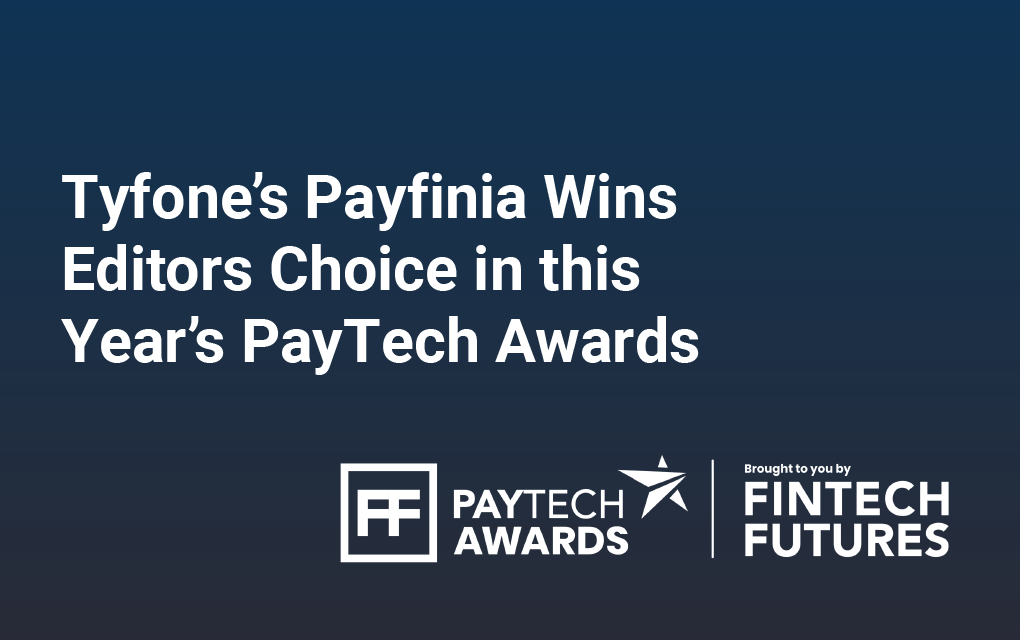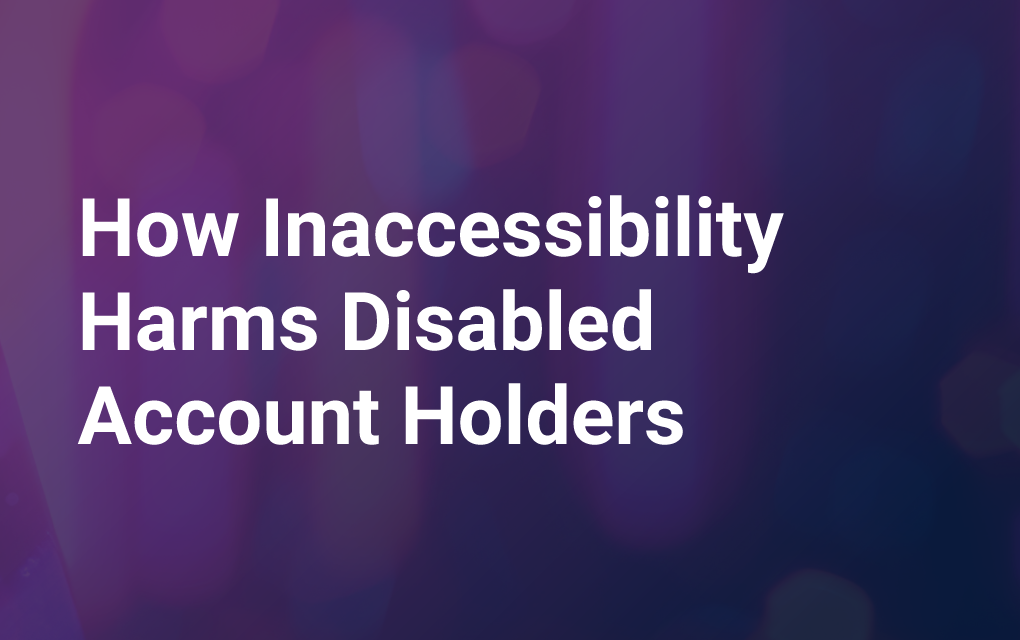The Point Solution Paradox
A point solution is any software that’s designed to address a single use case or solve one specific business challenge. Tyfone’s Skip-a-Pay digital banking solution is a classic example of a point solution. It was designed to fully automate any payment skipping program your institution may want to deploy.
There’s ongoing discussion over which is better, a point solution (a product designed to do one thing) or a platform solution (a product designed to do many things).
Benefits of a point solution include:
Focus:
The creator of a point solution has made a conscious decision to put its efforts into solving a specific business challenge. This means every product decision is made with the intent of better solving that challenge. Point solutions are therefore often more feature-rich than a platform solution where this particular challenge may have a lower priority.
Cost:
Because point solutions only address a single use case, they are by design less expensive to deploy. It’s like buying a tire compared to buying a whole car to get the tire.
Fast Deployment:
Because point solutions are designed to solve a single challenge, they can be deployed much faster than a large, complex platform solution. You never have to worry about “scope creep” with a point solution because the scope is so narrow.
Flexibility:
This ties back to the idea of focus. By design, point solutions address as many scenarios as possible and can be configured and reconfigured quickly as circumstances change.
Agnostic
In the case of a financial institution, the platform in “platform solution” is most likely your core data processing platform. In other words, you’re stuck with whatever feature set your core provider gives you. Choosing a point solution allows you to shop for true best-of-breed software.
If you do much reading on the point-vs.-platform debate, you’ll discover that several criticisms have been leveled against point solutions. Are they legit? We can’t speak for every point solution provider, but at Tyfone, these complaints just don’t hold water.
Lack of Integration.At Tyfone, we’ve spent thousands of hours and a significant R&D budget becoming intimately familiar with the core data processing platforms that our point solutions support. We take pride in the high level of integration that we offer.
Limited Scope.Platform providers frame this like it’s a bad thing. It’s not. Point solutions may only do one thing, but they do it very well. They take to heart the immortal words of popcorn maven Orville Redenbacher: “Do one thing and do it better than anyone.”
Increased Complexity.Critics claim, rightly so, that adding a big jumble of point solutions can be confusing and can ultimately hinder productivity. Nobody suggests that your financial institution should turn to a point solution to address every single issue. However, a well-placed, well-integrated point solution can be a game changer. And to be clear, when you deploy multiple-point solutions from the same provider, thatshouldbring some assurance that they all work well together. We know that’s the case with Tyfone.
Scalability.Again, critics claim that point solutions often aren’t scalable. And again, all we can say is, that’s not the case at Tyfone. Our solutions serve institutions from under $100 million in assets to more than $6 billion.
Are point solutions the silver bullet for every situation? Of course not. After all, Tyfone’s flagship product nFinia is, in fact, a digital banking platform. But if you’re looking to address a single-use case with software that’s flexible, efficient, and affordable, you owe it to your institution to explore all your point solution options. It comes down to finding the best tool for the job.




